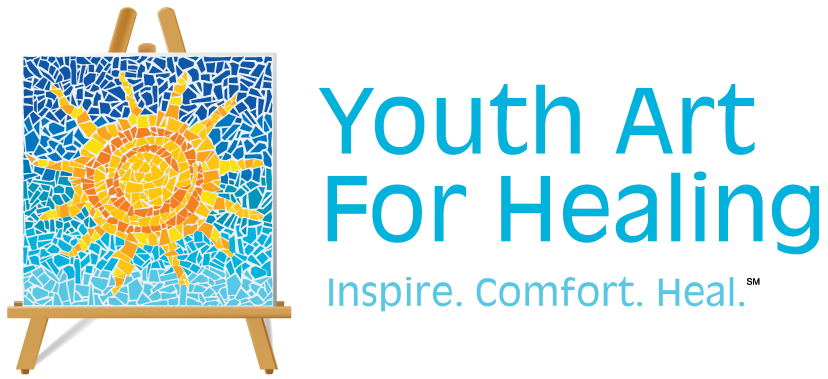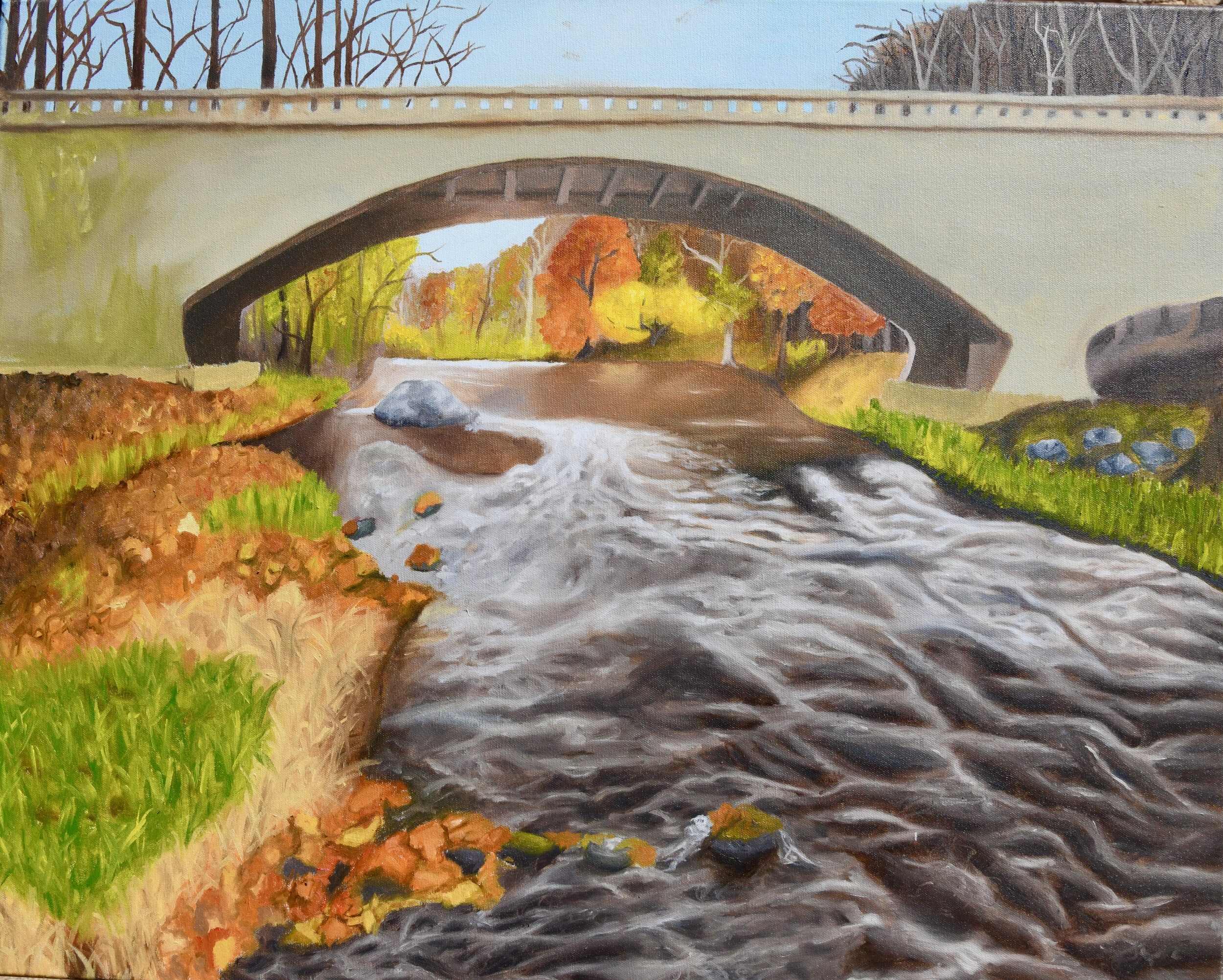“The Joint Commission Surveyor was just so impressed with how this artwork contributed to the wonderful environment for the patients.”
- Director, Pediatric Center, Holy Cross Hospital
The link between art and healing dates back to the ancient Greeks who created peaceful spaces with mosaics and statues to help in the healing of body and mind. It was in the nineteenth century, in 1859, when Florence Nightingale wrote: “Little as we know about the way in which we are affected by form, by colour, and light, we do know this, that they have an actual physical effect. Variety of form and brilliancy of colour in the objects presented to patients are actual means of recovery”. [1]
Roger Ulrich’s 1984 landmark “View Through a Window” study is cited as the starting point for many evidence-based healthcare design research studies focused on the impact of the environment on health outcomes. Research indicates that when patients have views of the natural world, they feel less stress and anxiety, require less pain medication and have shorter hospital stays. [2]
Following a review of 385 references in medical literature related to the effects of the arts on health, Rosalia Staricoff concluded that the arts in healthcare lead to positive clinical outcomes for patients, a reduction in the use of medications, shorter length of hospital stays, an improved quality of healthcare, and an increase in job satisfaction for staff. [3]
A 2008 National Institutes of Health article highlights that the arts can improve mental and physical health. Scientists studying how the arts can help in the recovery from illness and injury, agree that “…the arts can help reduce anxiety and stress, improve well-being and enhance the way we fight infection”. [4]
Growing evidence shows that bringing the arts into healthcare facilities promotes a healing atmosphere supporting patients’ physical, mental and emotional recovery, improves quality of care, patient satisfaction and staff morale, and leads to significant savings in healthcare costs. [5] The arts can contribute to humanizing healthcare, and solving healthcare challenges. [6]
References:
[1] Nightingale, F. “Notes on Nursing: What It Is, And What It Is Not”. New York: Barnes & Noble Inc., 2003 (First published 1859), p.42
[2] Ulrich, R. “View Through a Window May Influence Recovery From Surgery”. Science. 1984; 4647, p.420-421.
[3] Staricoff, Rosalia. “Arts in Health: A Review of the Medical Literature”. Arts Research Monitor – April 2007 (Volume:6 Issue No: 1), Arts Council England.
[4] National Institutes of Health. “More Than A Feeling: How the Arts Affect Your Health”. NIH News in Health (June, 2008)
[5] State of the Field Committee, State of the Field: Arts in Healthcare 2009. (Washington, DC: Society for the Arts in Healthcare, 2009), p.2
[6] State of the Field Committee, State of the Field: Arts in Healthcare 2009. (Washington, DC: Society for the Arts in Healthcare, 2009), p.24







